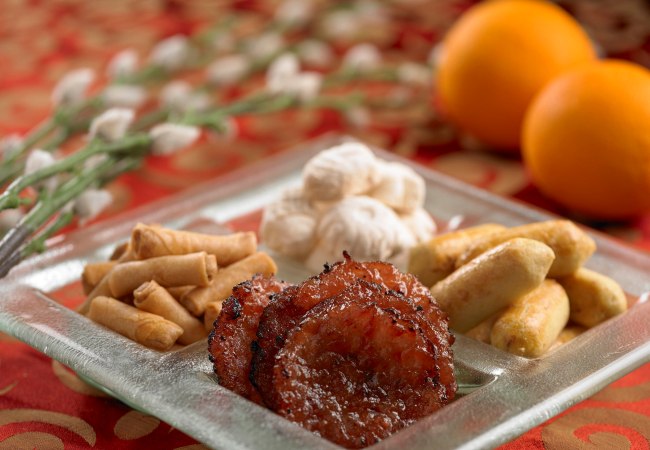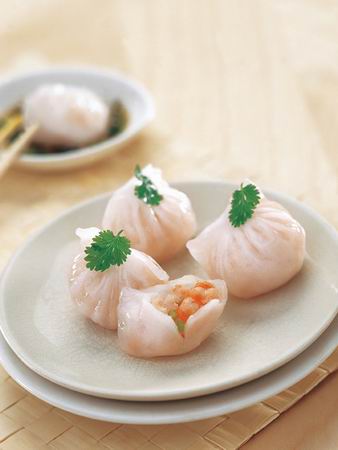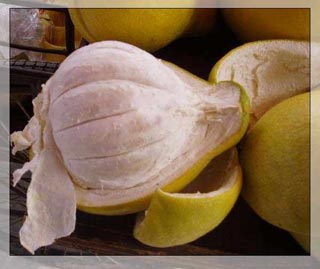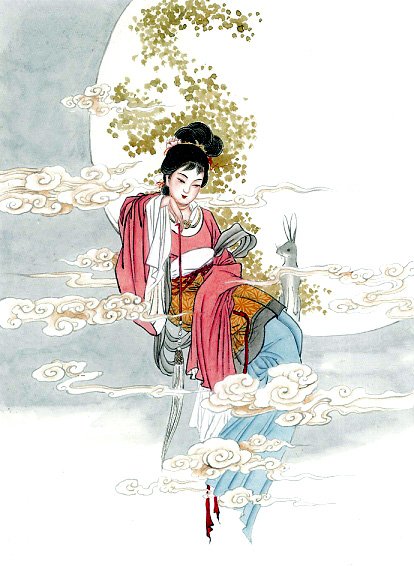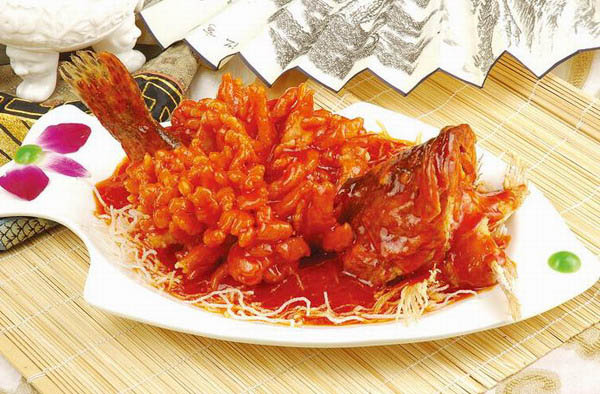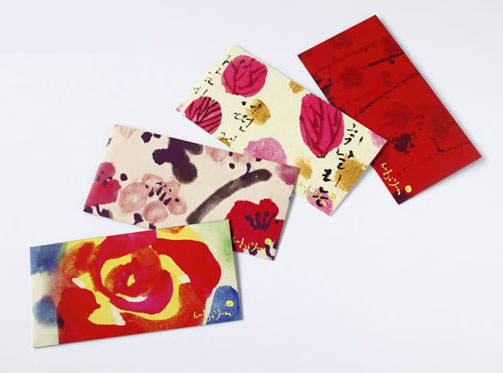Chinese New Year Goodies
Traditional Chinese New Year Food is a symbol of prosperity, good luck, health and long life for everyone at the table. Each and every food, either by its appearance or the pronunciation of its name, symbolizes age old Chinese beliefs. Traditional Chinese New Year Food like dumplings, spring rolls, wishes good things for the coming year.
Given below are some of the Traditional Chinese New Year goodies.
1. Jiao Zi
Delicious Jiaozi dumplings are considered lucky because of their resemblance to ancient Chinese currency. In ancient times, Chinese currency consisted of dumpling-shaped silver and gold ingots called yuan bao. The dumplings symbolize wealth and hopes for a profitable future.
In northern China, it is customary for families to spend the hours before Chinese New Year preparing these tasty dumplings, which are eaten just after midnight.
In addition to Chinese New Year, many families prepare jiaozi for other special occasions such as birthdays, sending a family member away, or even for western holidays such as Christmas or Thanksgiving.
2. Spring Rolls
Spring rolls symbolize wealth and prosperity, since their colour and shape is similar to a gold bar. Originally, spring rolls were filled with vegetables in celebration of the coming of Spring; shrimp and barbecued pork were added later.
Although not a traditional New Year food, dumplings of all types are enjoyed more frequently during the New Year season. Har Gow are the steamed shrimp dumplings with the translucent wrapper (the secret ingredient that makes the outside wrapping so shiny is wheat starch).
4. Sesame Balls
These delicious large balls of glutinous rice flour, filled with sweet red bean paste and rolled in sesame seeds, are especially popular during the Chinese New Year season. What makes sesame balls special is the way they expand during deep-frying. According to Chinese tradition, this symbolizes the way your luck may expand throughout the New Year.
5. Cakes
Cakes have a special place in Chinese New Year celebrations. Their sweetness symbolizes a rich, sweet life, while the layers symbolize rising abundance for the coming year. Finally, the round shape signifies family reunion.
In south China, the favorite and most typical dishes were nian gao, sweet steamed glutinous rice pudding. In the southern regions of China and Hong Kong, common celebration dishes are turnip cake and new year cake.
Traditionally, these were made in the home and then given to relatives as a token of love and respect, though the abundance of ready-made turnip and new year cakes in supermarkets and restaurants means that the laborious process of making these new year foods at home has largely been eliminated.
In the north, steamed-wheat bread (man tou) and small meat dumplings were the preferred food. The tremendous amount of food prepared at this time was meant to symbolize abundance and wealth for the household.
6. Apple
Fruits can be tasty as well as expressive. In China, it’s not uncommon, especially around New Year, to find these fruits with natural writing on them. This is usually called fa cai guo meaning lucky or fortune fruits. Growers simply tape a stenciled sticker over the fruit before they’re matured to block out light and thus create a natural design.
7. Pomelo and Orange
Pomelos symbolize abundance and prosperity. For newlyweds, this represents the branching of the couple into a family with many children.
Tangerines and oranges, symbols of abundance happiness, are a must gift item when visiting family or friends during the two-week long New Year celebration. Tangerines with leaves intact assure that one’s relationship with the other remains secure.
8. Togetherness Tray

When visiting relatives, it’s customary for them to offer guests tea, along with a round or octagonal tray filled with a variety of treats, from nuts to sweets. This is known as the Tray of Togetherness. Traditionally, the tray was made of wood, with eight interior dishes of porcelain, but nowadays many people opt for plastic.
The tray usually contains an inner set of eight compartments to help keep the goodies separated. Each compartment is filled with a special symbolic food:
- Candy Melon (growth and good health)
- Coconut (unity)
- Kumquat (gold; for prosperity)
- Longan (many good sons)
- Lotus Seeds (fertility)
- Lychee Nut (close family relationships)
- Peanuts (longevity)
- Red Melon Seeds (red; for happiness, joy, honesty and sincerity)
Vocabulary:
jiǎo zī
饺 子 dumpling n.
chūn juǎn
春 卷 spring roll n.
zhēng jiǎo
蒸 饺 Har Gow n.
mán tóu
馒 头 steamed-wheat bread n.
píng guǒ
苹 果 apple n.
yòu zi
柚 子 pomelo n.
jú zi
橘 子 orange n.

